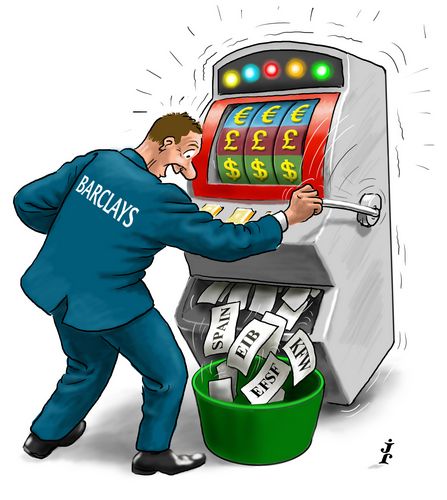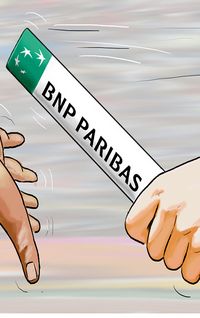Hitting the right notes
A mostly benign market backdrop made competition in the sovereign, supranational, agency and regional space fiercer than ever in 2017, but Barclays successfully managed to retain meaningful market share by hitting major markets and key parts of the curve. It is IFR’s SSAR Bond House of the Year.
As the curtain lifted on 2017, there was a sense of trepidation that after a volatile year in 2016, bonds markets were in store for a similar fate.
Political risk was high on the agenda, while the European Central Bank, no stranger to pulling rabbits out of its hat, had announced in December that it would scale back its asset purchases to €60bn from €80bn a month.
That bombshell rattled markets, leading to a government bond sell-off at the long end, with the Bund curve moving to its steepest since mid-2015 and public sector bankers fearing that lengthy maturities could be out of favour in 2017.
And yet, barely four days into the new year, Barclays led a deal for Ireland to issue a €4bn 20-year bond offering that was not only its debut in that tenor but, with €11bn of demand, also showed that the long end was very much alive.
With nerves settled by the deal’s success, there was no let up as the traditional January SSA stampede got under way. And for one sovereign, France, which was entering an election year, getting it right was more important than ever.
The deal managed to push the boundaries of the Green market, bringing a €7bn June 2039 Green bond issue in another Barclays-led trade at the end of January.
While not the first sovereign Green bond – Poland beat it by a matter of weeks – it was the first benchmark trade by a sovereign in the asset class and the longest Green bond at the time. It is still the largest Green bond outstanding. The timing of the trade proved key as political tensions escalated.
Barclays wasn’t just instrumental in bringing the sovereign into the market ahead of the election but leading other French issuers too.
“We’re a top international dealer for French agencies. We brought Unedic ahead of the French elections, not knowing whether Marine Le Pen would get in,” said Lee Cumbes, head of public sector origination at Barclays.
For Cumbes, what makes Barclays stand out is the breadth of its franchise. “Our clients are incredibly exacting and demanding, and need full service and coverage,” he said.
While others have strengths in one or two areas, Barclays’ is across the board. In currencies, whether US dollars, euros or sterling, the UK firm can deliver in all these markets.
“We can talk about ideas that make sense, recommend how to sequence transactions and get the best funding levels,” said Marco Baldini, head of European bond syndicate at Barclays.
“We are not pushing the markets that we’re good at, but the markets that are best for our clients.”
That meant advising clients such as KommuneKredit, Canada Pension Plan Investment Board, and the African Development Bank to consider the euro market as a genuine alternative to US dollars in what was one of the best years for issuance in the single currency.
Barclays was also key to helping large issuers chip away seamlessly at their funding programmes. It was on the top line for seven EFSF/ESM trades and six KfW and EIB euro and US dollar benchmarks.
And while the US dollar lost some of its shine versus the euro, it remained a relevant market that needed safe pairs of hands to navigate, in particular in the treacherous 10-year maturity.
“We should have had a lot more 10-year US dollar this year as yields ticked up, but the market lost confidence and retreated between three and five-year,” said Cumbes.
“It was a tricky part of the market and one that big issuers had shied away from.”
Still, a US$1.5bn 10-year Climate Awareness Bond for the European Investment Bank was priced in May alongside a US$3bn three-year that reopened the tenor in style for frequent issuers, and was the largest public sector 10-year US dollar benchmark of the year at the time.
Barclays also leveraged its natural strength in its home market to provide issuers with a genuine and sizeable alternative to euros and US dollars, despite the currency volatility.
“There was a lot of noise around Brexit and the ups and downs in parliament,” said Cumbes.
“International issuers don’t always have a lot of transparency, but we have access to investors and what the proper flows are.”
Barclays not only helped bring a rare £750m floating-rate note issue for EDC but also the Council of Europe Development Bank’s largest deal in the currency, a £500m five-year.
It also safely steered the UK DMO into the market just ahead of the British election in June, helping garner the largest ever nominal and cash book for a £5bn 2057 tap.
To see the digital version of this review, please click here.
To purchase printed copies or a PDF of this review, please email gloria.balbastro@tr.com.



